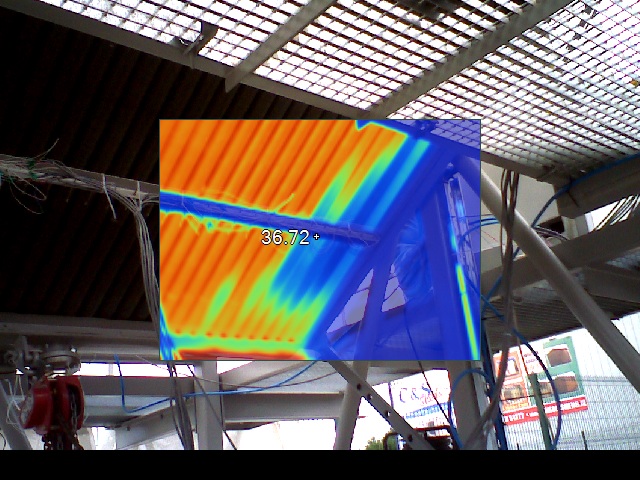Water-efficient coolers for solar power plants

Related topics
Energy Innovation Secure, clean and efficient energy Cyprus Germany Ireland Italy Spain Australiadate: 02/04/2014
Project: The development and verification of a no...
acronym: MACCSOL
See also: CORDIS
Contact: http://www.drycooledcsp.eu/
CSP plants capture the sun’s energy and turn it into electricity. Banks of mirrors focus solar rays onto a small area, which gets very hot. This heat makes steam that drives a turbine to generate electricity. The steam then passes through a cooler to turn it back into water so the cycle can start again and keep the turbine turning.
Surprisingly, there are very few CSP plants in deserts, even though these regions have some of the highest levels of sunshine in the world. This is because traditional CSP plant coolers are unsuitable for desert conditions as they typically need large amounts of water.
The EU-funded MACCSol project has developed coolers, based on a concept by Irish-based SME R&R Mechanical, that are better adapted to deserts by modifying an alternative system that uses dry air. Project coordinator Dr Ronan Grimes, from the University of Limerick, says: “Pretty much every current CSP plant uses wet cooling, while traditional dry air cooling suffers from poor efficiency in hot environments.”
He explains that as well as using no water, the new coolers are very energy-efficient.
Adaptable, green power generation
The coolers use multiple small fans to pass cool air over the power plant steam condenser system. Unlike traditional, single-fan coolers, they distribute the airflow uniformly over the condenser and work with surrounding wind conditions to cool as efficiently as possible.
The dry air coolers adapt well to solar power generation in deserts, where water is scarce. And because they adapt their operation to on-the-ground conditions, they use less energy than traditional air cooling systems.
Another advantage of the MACC coolers is their modular design. They are built as a series of self-contained parts that slot together to create the whole unit. This means that a cooler can be built off-site in parts then installed more quickly than a traditional single-fan cooler.
They are also easier and cheaper to repair as power plant operators simply have to fit a new cooler section rather than removing and repairing the whole unit.
Making CSP plants viable in sun-rich locations is not the only way that the new coolers improve energy sustainability. They are also suitable for cooling systems in biomass power plants, which can use industrial and agricultural waste to generate electricity (by either burning the waste or converting it to a biofuel).
Even fossil fuel plants can benefit from the new technology. Dr Grimes says that tests show it can increase conventional energy production by 1.5%.
The team is testing a prototype in the Australian desert, where they expect it to generate enough power for a small village – about 1 MW of power. If this prototype performs well, Dr Grimes says, “we expect to have our cooler in a 30 MW plant 12 months down the line.”
The world’s need for sustainable power generation creates strong commercial potential for the MACC coolers. The system is already patented and Dr Grimes estimates that the potential new-generation cooler market is worth €2 billion.
In terms of jobs, he says that building each cooler unit could employ 30 to 40 people in Ireland, where the coolers were developed and are now being commercialised.
The collaboration between academics and industry is creating a new technology that can provide greener, sustainable energy around the world. Dr Grimes says, “Without EU funding, that type of collaborative research is impossible.”
